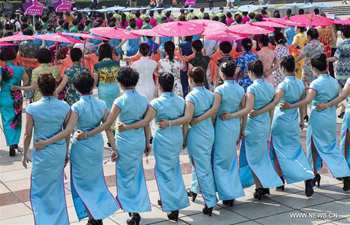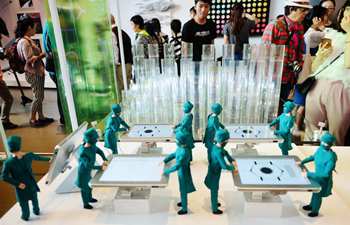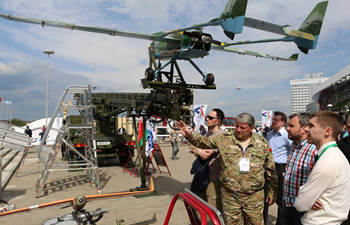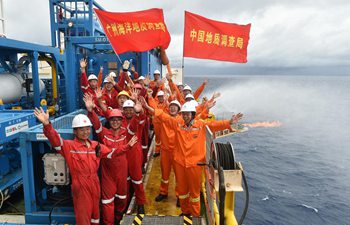SAN FRANCISCO, May 21 (Xinhua) -- Researchers at Stanford University have developed a new, more structured approach to crowdsourcing complex tasks, called "flash organizations."
While crowdsourcing has become a popular way of making use of large groups of people to accomplish straightforward tasks, a significant downside is that, because these projects usually rely on an inexpert workforce, they need to be built from basic and highly specific tasks that any person can carry out.
Flash organizations combine the most adaptable parts of both traditional crowdsourcing and traditional offline organizations. Like traditional crowdsourcing, the workforce in flash organizations is completely virtual and assembled on-demand from massive online labor markets. But, like a brick-and-mortar business, it is composed of experts assembled in an organizational hierarchy.
"Traditional crowdsourcing can't be applied to the most important goals that we, as humanity, want to pursue because these goals are open-ended and complex," Michael Bernstein, assistant professor of computer science at Stanford, was quoted as saying in a news release. "They simply cannot be predefined and cannot be broken down into thousands of independent parts. They require adaptation, re-planning and change that's incompatible with traditional crowdsourcing."
While retaining the advantages of fast online hiring, flash organizations are more dynamic than previous forms of crowdsourcing. Traditional crowdsourcing's relatively unskilled, independent contributors require uniform workflows and goals defined concretely from the very beginning. In contrast, flash organizations are made up of a workforce of experts in a centralized organizational hierarchy, which defines a specific path to facilitate collaboration, communication and decision-making.
This allows them to change their tasks and goals over time, based on the needs of the project as it proceeds.
Realizing that flash organizations wouldn't have the advantage of history that in-office hierarchies have, the researchers mimicked the structure of film crews and emergency response teams. They made sure organization leaders defined workers' roles by specific expertise, like asking for a director or firefighter, as opposed to seeking anyone willing to complete simple and unskilled tasks, like someone who would review a product purchased from an online shopping portal.
With these defined functions, the temporary work forces could hit the ground running based on knowledge of their roles rather than knowledge of each other.
"I think flash organizations have the potential to make organizations more fluid, whereas, traditionally, the boundaries both within the team and the organization were pretty static," said Daniela Retelny, former graduate student fellow in management science and engineering and co-author of a paper published at the Association for Computing Machinery CHI 2017 conference earlier this month.
The researchers tested their flash organization model on three projects: the creation of an app that helps emergency medical technicians send information about patients while on the way to a hospital, the development of a web application for planning online workshops, and the design and manufacture of a storytelling card game. They detailed in their paper how the flash organizations successfully completed all three projects.

















